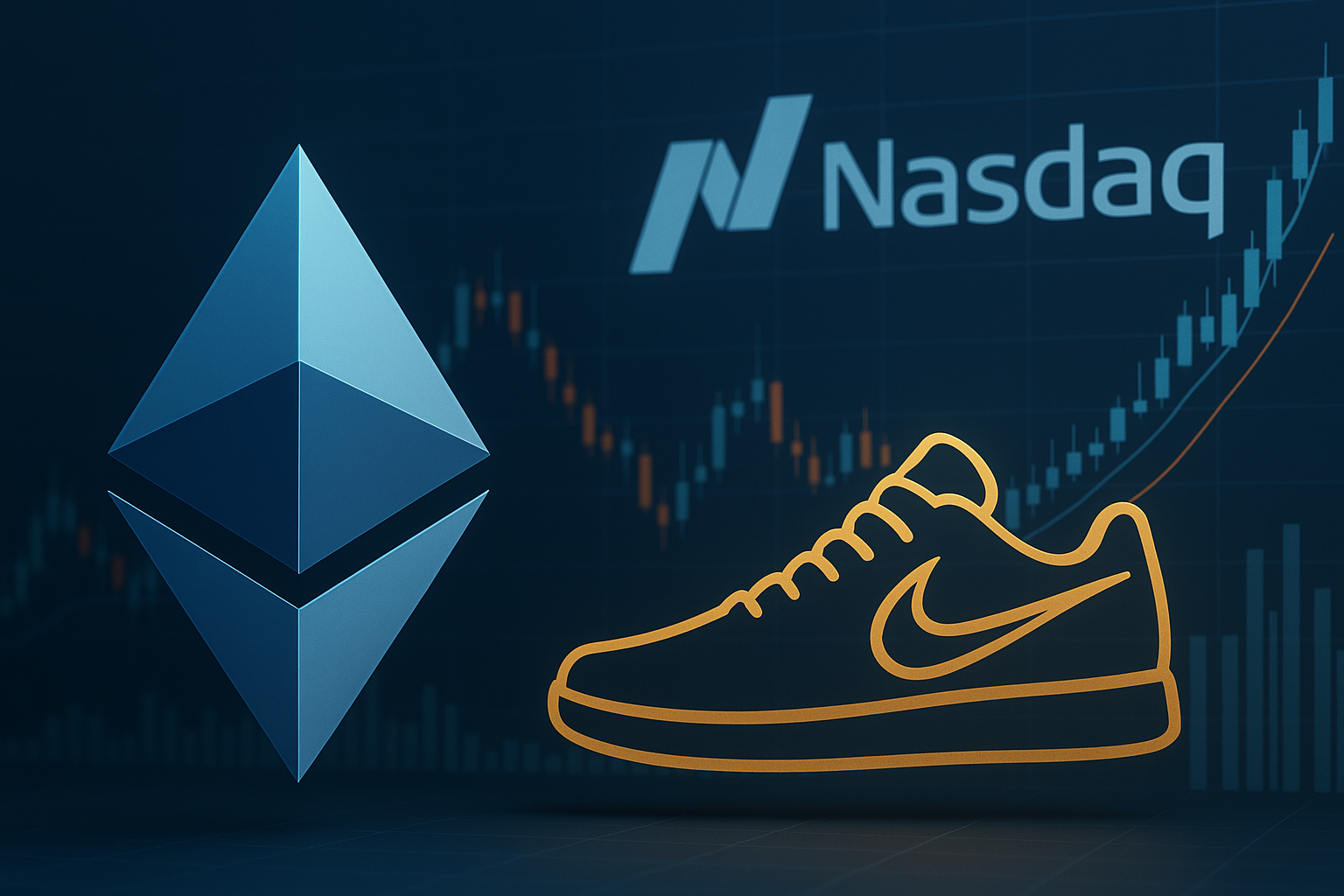Weekly Trading Ideas
1) Nasdaq 100 – Bull call spread (defined risk)
Trade idea
- Instrument: Nasdaq-100 index options (NDX).
- Structure: Buy a near-term at-the-money call and sell a higher-strike call (bull call spread).
- Example (illustrative — check live quotes): buy 22,500 call, sell 23,500 call, same expiry ~1–2 weeks.
- Position sizing: risk = premium paid; suggested risk 0.5–1.5% of account equity.
Why this trade
Macro: Recent Fed tone and lower real yields support large-cap technology and growth. That gives a constructive bias for the Nasdaq while leaving downside guarded.
Technical indicator: The Nasdaq trades above its 50-day moving average and the 20-day trend is rising. This moving-average setup signals short-term momentum, making a defined-risk bull spread a reasonable choice.
Execution details and KO alternative
- Use an on-exchange listed NDX spread where liquidity exists; if NDX is not available, use QQQ spreads adjusted for ETF units and liquidity.
- Choose an expiry that covers the next week of macro prints and earnings that could move markets. Short-dated expiries keep theta pressure manageable for a spread.
- Consider a slightly narrower or wider strike gap depending on implied volatility and cost; a wider gap increases max profit at slightly higher cost.
- Knock-out alternative: to reduce upfront cost, consider an up-and-out call with a barrier above roughly 24,500–24,800, if available through your broker or structured product desk. Note that knock-outs expire worthless if the barrier is touched and availability is provider-dependent.
Risk controls / trade management
- Reduce size if premium paid exceeds 0.7% of account equity.
- Trim or hedge if the index closes below the 20-day moving average on a daily bar.
- Take profits at 50–75% of max spread value. Consider closing at 50% of premium lost if price action invalidates the thesis.
2) Nike (NKE) – Earnings volatility play with ATM straddle
Trade idea
- Instrument: Nike stock options.
- Structure: Buy an at-the-money straddle (buy ATM call and ATM put) that expires after the earnings release.
- Example: buy the weekly ATM straddle that spans Nike earnings; risk equals total premium paid.
- Position sizing: keep this small; suggested risk 0.25–1.0% of account equity.
Why this trade
Event: Nike reports earnings at month end and implied volatility is elevated ahead of the print. The market is pricing a material expected move, so buying a straddle captures the directional outcome without needing to pick a direction.
Context: Consumer data is mixed and inventory and margin narratives differ by retailer. That makes a volatility purchase more sensible than a naked directional bet ahead of the print.
Execution details and alternatives
- If you have a directional bias, replace the straddle with a call or a put, or use directional spreads such as a bull call spread or a put spread to reduce premium outlay.
- Be aware that implied volatility often collapses after earnings. Manage size and exits accordingly.
Risk controls / trade management
- Close the trade if one leg quickly gains 100–150% to lock in realized movement rather than waiting for expiry.
- Predefine a maximum loss (for example 50% of premium) and adhere to it if IV collapses and the stock remains rangebound.
- Monitor IV levels; if IV is extremely elevated versus historical ranges, consider reducing size or using spreads to limit premium exposure.
3) Ethereum (ETH) -Tactical spot long
Trade idea
- Instrument: Ethereum spot or modestly leveraged long on a reliable exchange.
- Direction: Long.
- Entry zone example: buy between 3,850 and 4,100 USD.
- Targets / stop: initial partial profit targets 4,600 and 5,000 USD; stop at 3,600 USD.
- Position sizing: 0.5–2.0% of account equity at risk.
Why this trade
Technical: Short-term RSI and momentum indicators on daily charts show oversold readings, which can support a mean-reversion bounce.
Flow / macro: If upcoming macro data and Fed commentary keep easing expectations on the table, risk assets including ETH tend to benefit. ETF and institutional flows remain the principal liquidity engine and can amplify rebounds.
Execution and risk management
- Prefer spot exposure or conservative leverage. Avoid large leverage in a very volatile market.
- Use a hard stop and scale in only after confirmed support. Do not average down indiscriminately on large moves against you.
- Use a trailing stop after a 6–8% favorable move to protect gains.
Indicator evidence and short summary
- Nasdaq trades above its 50-day moving average and the 20-day slope is positive. That supports a contained bullish spread rather than an outright long-call exposure.
- Nike shows elevated implied volatility ahead of earnings, so a straddle captures expected event-driven movement while limiting directional risk. Expect IV to drop after the print.
- Ethereum displayed short-term oversold RSI readings, offering a mean-reversion entry if macro liquidity remains supportive.
Risk disclaimer and final note
Trading involves substantial risk and is not suitable for all investors. The strategies above are illustrative and based on recent market context and common technical indicators. They are not guaranteed to be profitable. Always confirm live prices, understand product mechanics, and use suitable risk management and position sizing. Consult your broker or financial advisor if uncertain.


